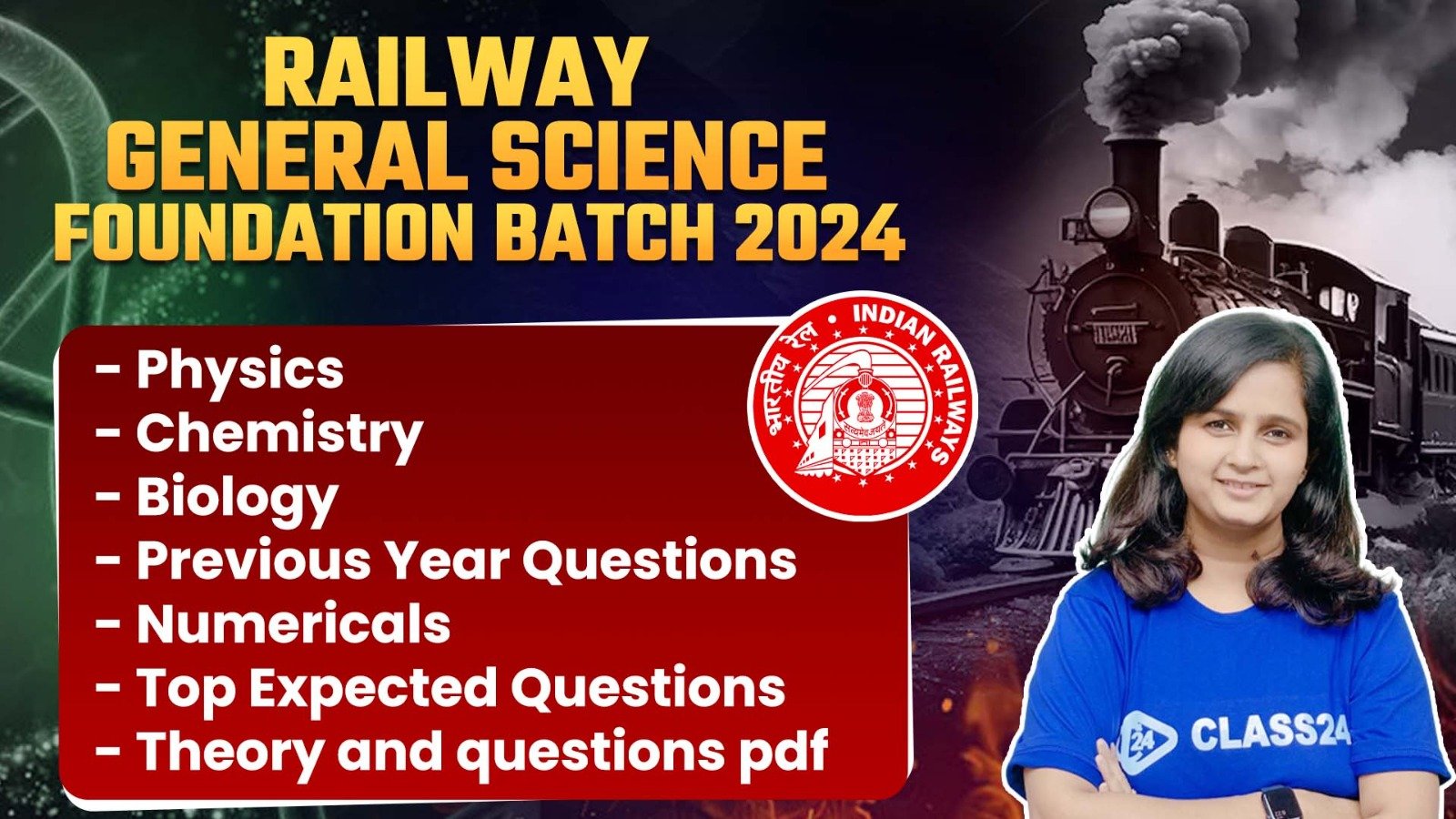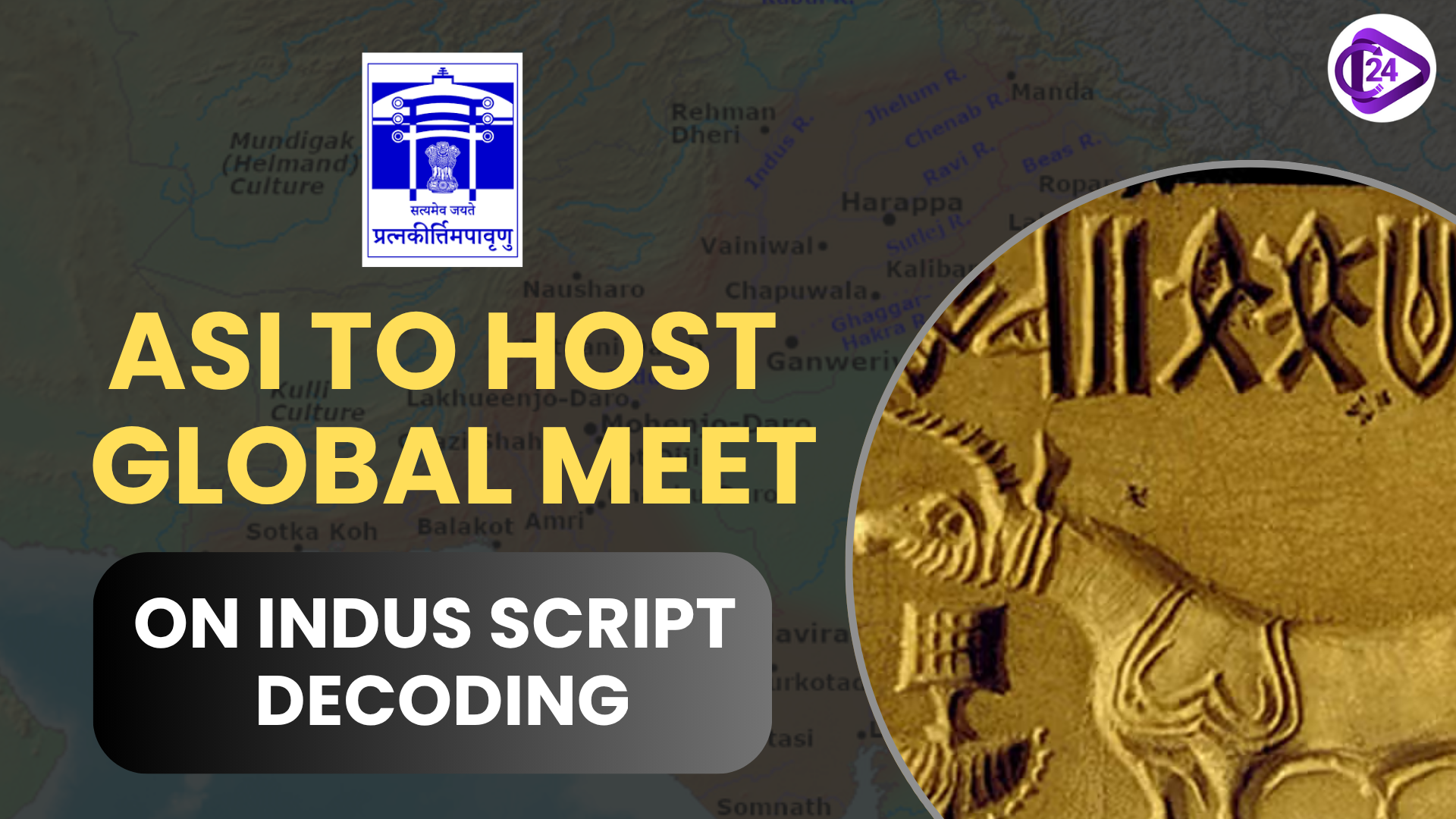
A three-day international conference at Greater Noida on 20-22 August, 2025 is being organised by the Archaeological Survey of India (ASI) The part of the event will be concentrated on the decipherment of the Indus Valley script that is a topic of considerable interest to scholars of the Harappan civilisation. Topics to be covered during the conference will include the presentation of the current state of the research and future prospects in the comprehension of the script which has long remained undeciphered to read because of the lack of bilingual records.
Context
-
The Indus Valley script of one of the oldest civilizations of the world remains a mystery to the researchers.
-
The international conclave of ASI is the goal of the members in this organisation to assemble specialists worldwide as a part of the world in order to exchange the intellectual resources and introduce new solutions to deciphering this ancient writing system as it may hold keys to the Indus valley Civilization.
Key Points
Event Details
-
Event Dates: 20 to 22 August 2025.
-
Location: Greater Noida, Pt. Deendayal Upadhyaya Institute of Archaeology.
-
Focus: Decipherment of the Indus Valley writing, presentations and thematic sessions around research on the current knowledge.
-
Format: The conference is expected to consist of both offline and online presentations with discussions performed after every presentation.
The Indus Valley Script
-
The script has more than 400 pictorial symbols but has not been deciphered, principally because of both the absence of bilingual texts and the brevity of the writings.
-
Some researchers suspect it of being logo-syllabic, i.e. a combination of logographic and syllabic scripts.
-
The deciphering of the script would provide important new information about the culture, the government and communication of the Harappan civilisation.
Research and Collaboration:
-
Experts researching on the Harappan culture and civilisation will have an opportunity to share knowledge and innovations in the conference and deliberate on issues on how to decipher the script.
-
Future research directions and cooperative possibilities will be discussed about introducing new breakthroughs in comprehension of the script.
-
International Cooperation: The international attention to solve the secrets of the Indus Valley Civilization has been noted since scholars of foreign countries have also been invited to participate in this global excavation affair.
-
Value to Indian Archaeology: Cracking the code might offer a major contribution in understanding ancient India and its position in the ancient world.
About Indus Valley Script
What is Indus valley Script?
-
Origin: It was applied by the Indus Valley Civilization (26001900 BCE) in what is now Pakistan and the north-western India.
-
Discovery: discovered during the 1920s by the team of Sir John Marshall.
-
Typography: Is mainly written right to left occasionally in Boustrophedon style (alternating line orientations).
-
Content: Brief texts, the mean length being 5 characters; the longest having 26 symbols.
-
Nature: Possibly logosyllabic Photogram, pictogram, and syllable, presumably used the same symbols to signify the sounds or concepts.
Speculations on the Language in the Script:
-
Dravidian Hypothesis: Evidence given by scholars such as Asko Parpola that connects it to Old Tamil.
-
Sanskrit Connection: There exists the ancient vedic connection on the script through Sanskrit known to be Vedic Sanskrit due to the points raised by some like S.R. Rao thought with some dissention.
-
Non Linguistic Signs: Critics claim that the script may not be a language, it may be political or religious in some way.
Challenges in decipherment
-
Absence of Bilingual Texts: As opposed to the Rosetta Stone, which was used to determine the Egyptian hieroglyphs, the Indus script does not have any bilingual texts, to assist it in translations.
-
Short Inscriptions: The majority of the inscriptions are short that constrained the treatment of grammar and syntax.
-
Language Unknown: The language registered behind the script remains a secret thus making it hard to decode.
-
Variations in symbols: The number of signs used ranges between 62 and more than 600 and their meanings remain unknown yet.
-
Restricted Archaeological Evidence: A limited amount of seals and artifacts to conduct study retards the study.
-
Technological Limitation: The technology is being implemented, but the existing models confront the problem of scanty information.
Importance of Unearthing Indus Script:
-
Unlocking the Harappan language: Learning to read the writing would enable us to determine what the linguistic origins of ancient India were, thus they may be related to Dravidian, Indo-Aryan, or other linguistic groups.
-
Understanding Harappan Culture: Decipherment may help to unlock some of the secrets regarding the rule and religious ideas and social systems of the civilization.
-
Historical Continuity: The linkage of the Harappan civilization to subsequent Indian cultures might offer knowledge on the cultural and Linguistic change.
-
Global Significance: The work has a contribution to the knowledge of the ancient writing systems, the process of human communication, the interaction of culture across boundaries with other ancient peoples such as Mesopotamians.
Conclusion
The forthcoming international conference on the Indus Valley script that is organized by the ASI, gives a chance to promote the research in one of the most interesting spheres of ancient history. The event can contribute to new knowledge and methods of unraveling the undeciphered script and can perhaps provide a greater insight into the Harappan civilization with collective expertise of the global research community.



 Sahitya Akademi Honours 47 Young and Child Authors in 2025
Sahitya Akademi Honours 47 Young and Child Authors in 2025 21st June 2025 celebrated as 11th International Day of Yoga
21st June 2025 celebrated as 11th International Day of Yoga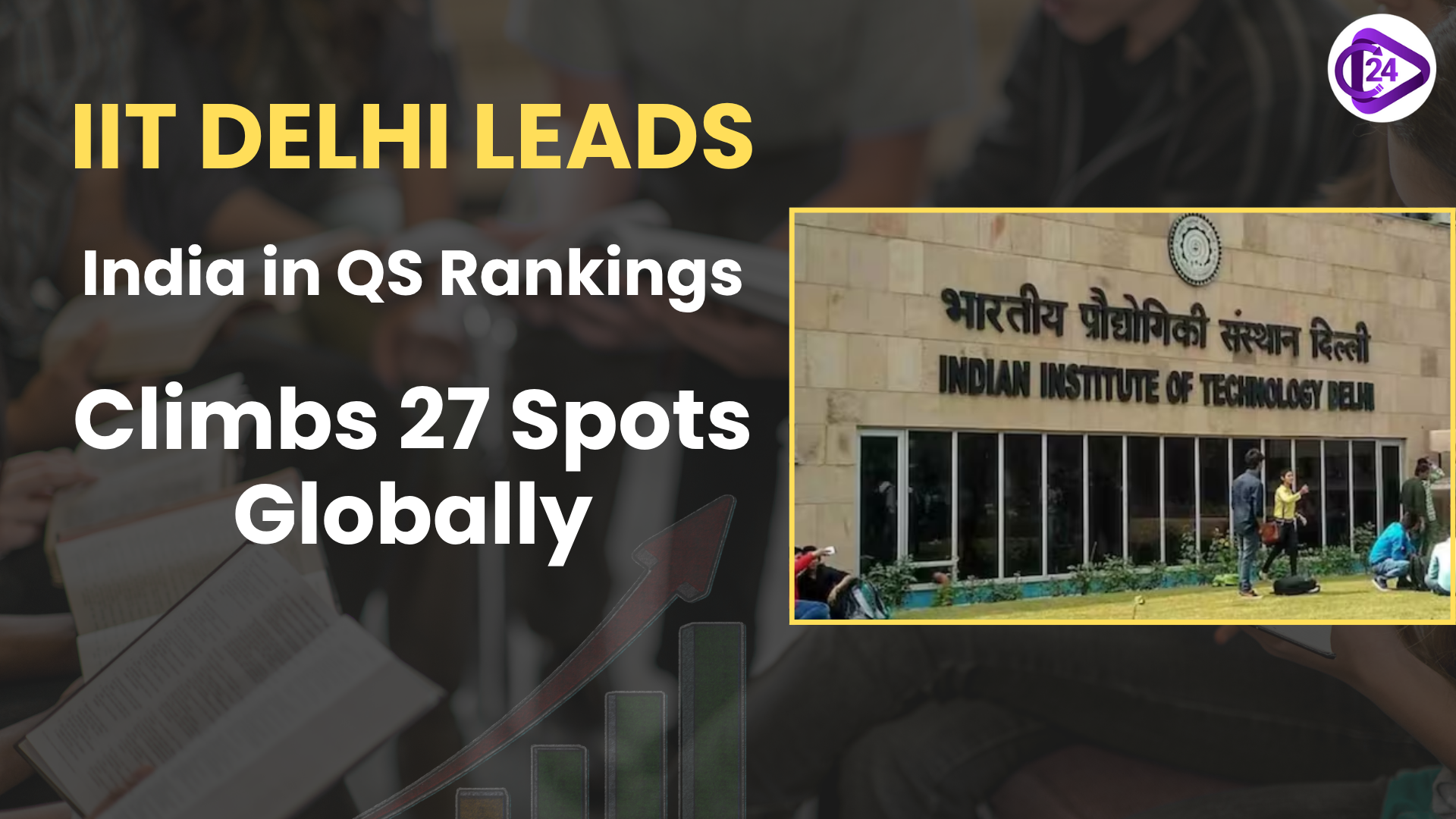 IIT Delhi Tops India’s QS Rankings, Jumps 27 Places Globally
IIT Delhi Tops India’s QS Rankings, Jumps 27 Places Globally Chandigarh Tops School Education Index, Meghalaya Lags Behind: Performance Grading Report
Chandigarh Tops School Education Index, Meghalaya Lags Behind: Performance Grading Report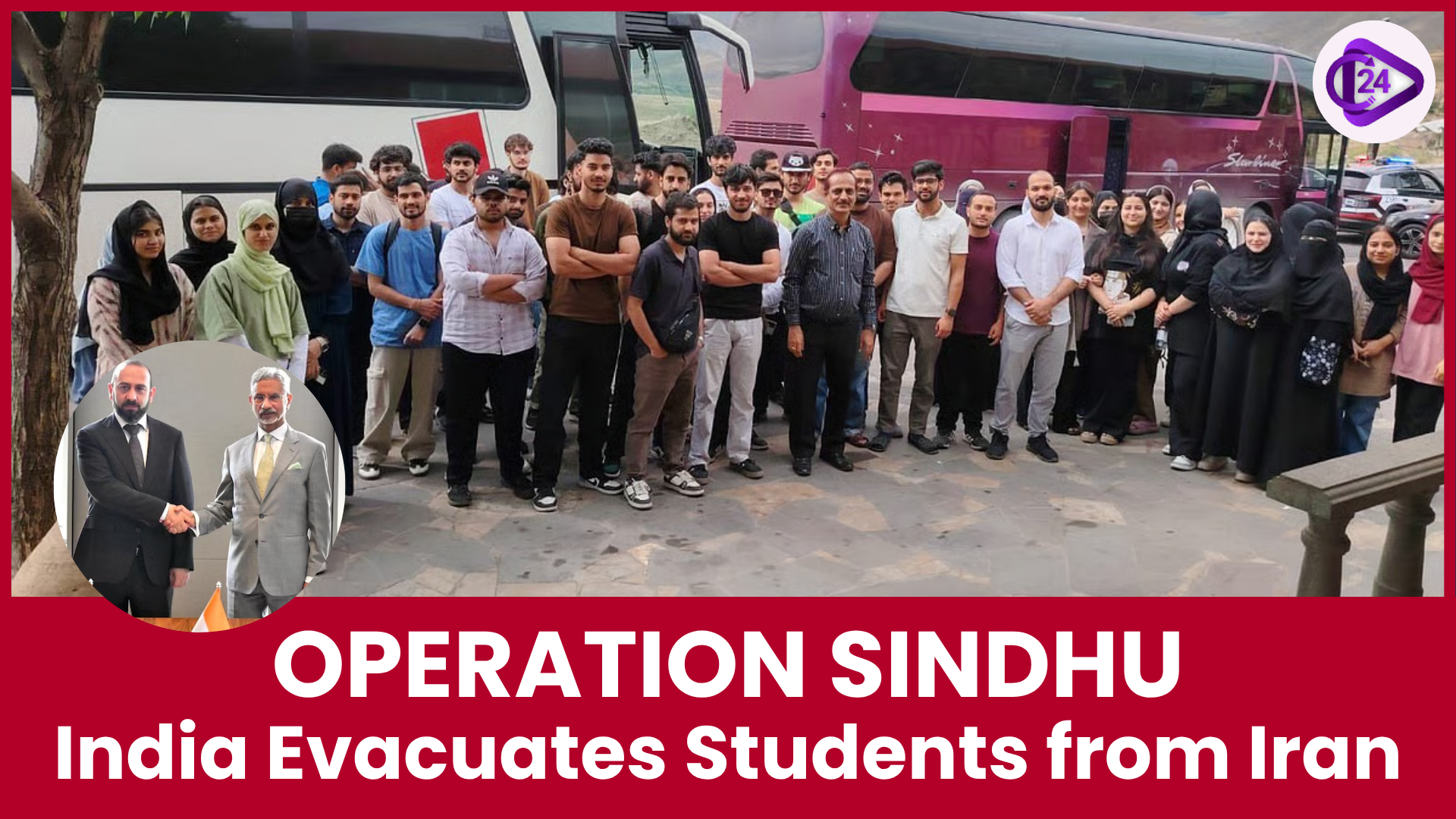 India launches operation Sindhu to evacuate students studying in Iran
India launches operation Sindhu to evacuate students studying in Iran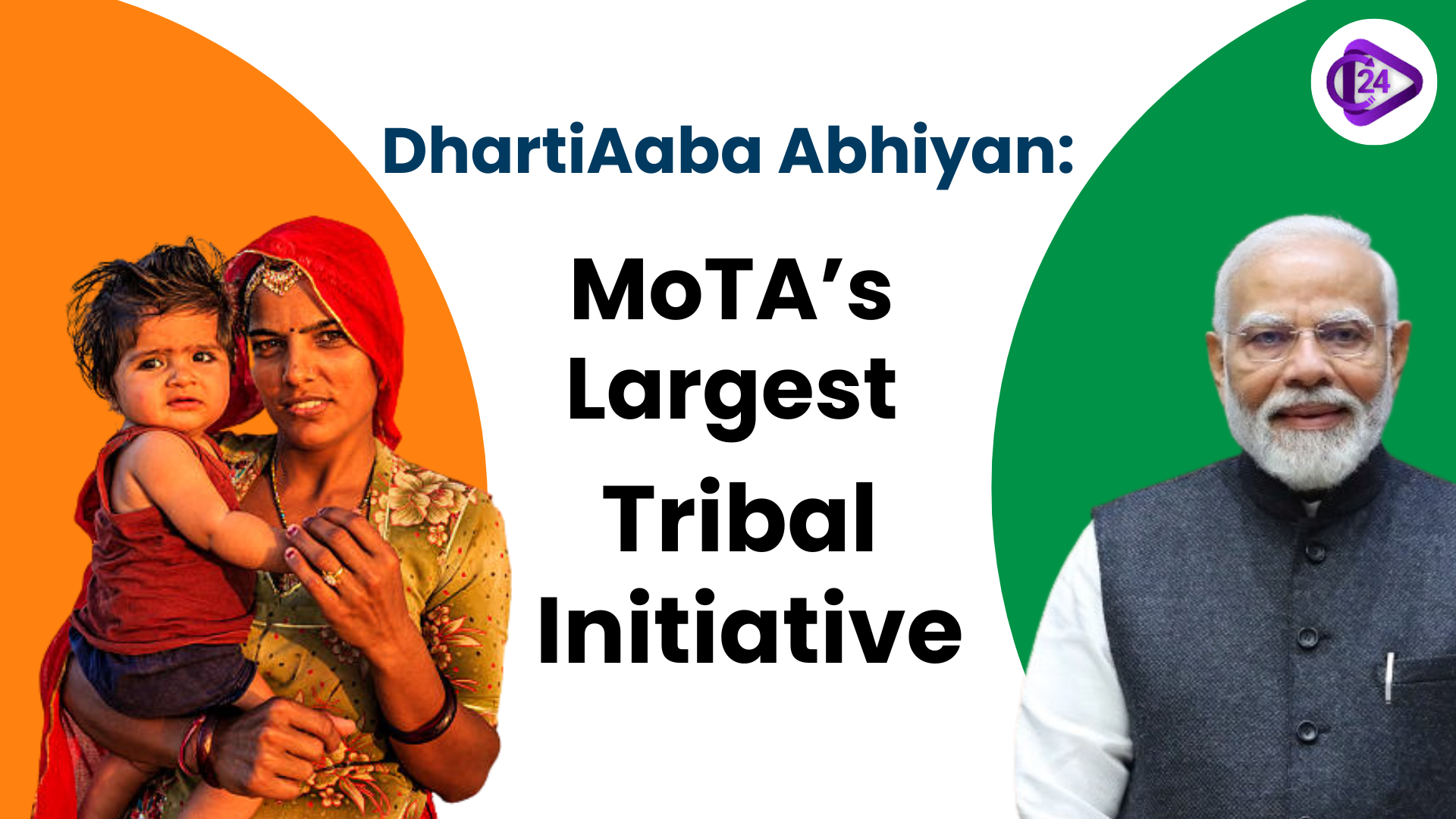 MoTA initiates the biggest tribal empowerment programme- DhartiAaba Janbhagidari Abhiyan
MoTA initiates the biggest tribal empowerment programme- DhartiAaba Janbhagidari Abhiyan India’s 2027 Census: A Landmark Digital Initiative with Caste Enumeration and Technological Advancem
India’s 2027 Census: A Landmark Digital Initiative with Caste Enumeration and Technological Advancem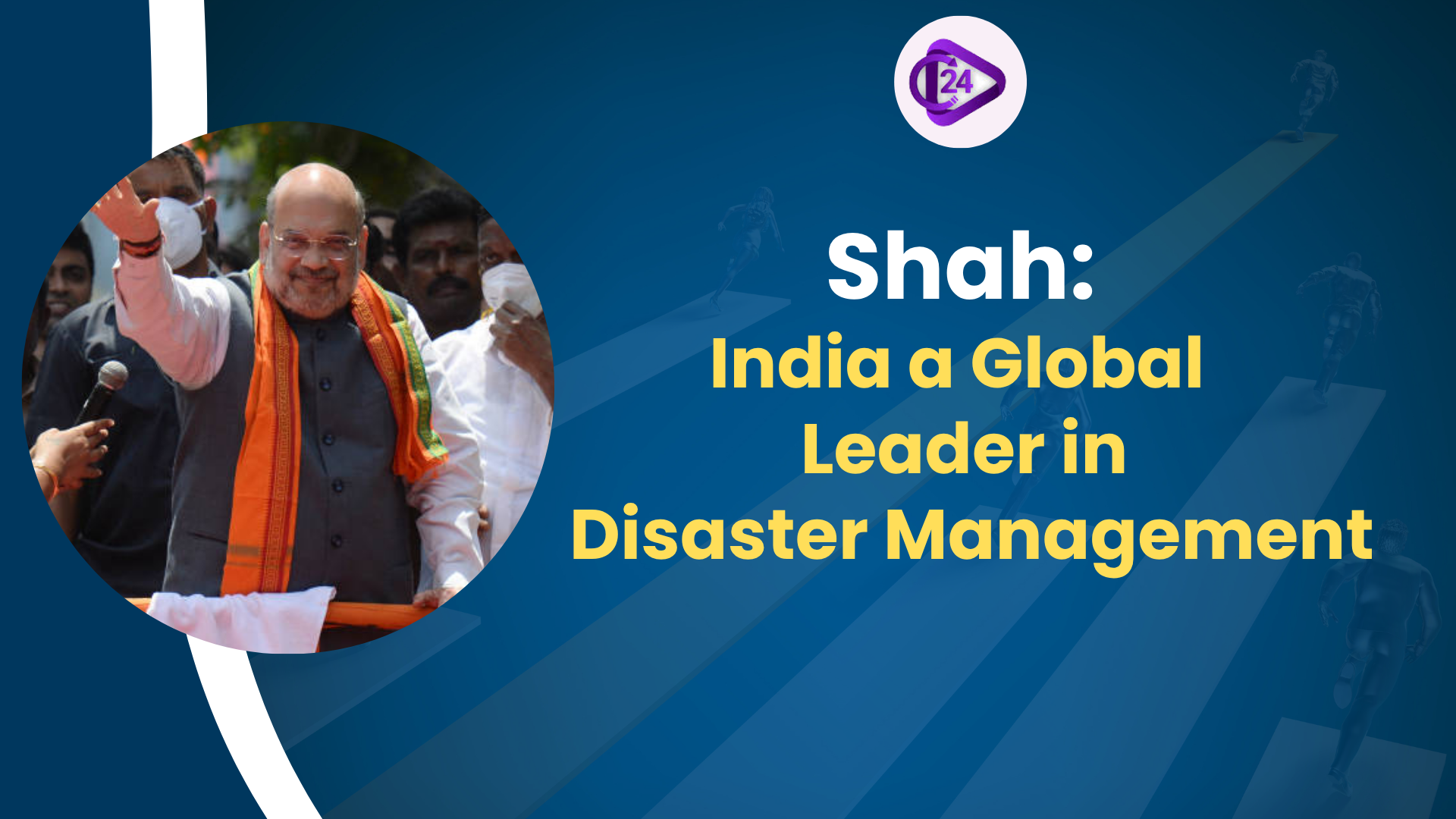 Shah Claims India as Global Leader in Disaster Management
Shah Claims India as Global Leader in Disaster Management PM to Flag Off First Locomotive for Export from Bihar Factory to Guinea
PM to Flag Off First Locomotive for Export from Bihar Factory to Guinea




